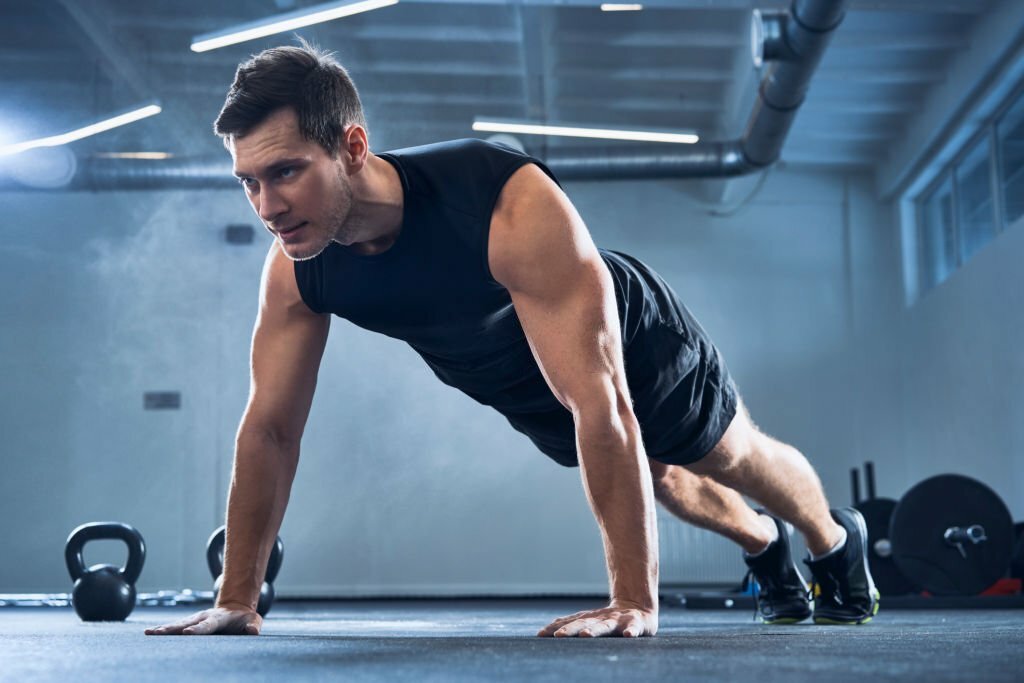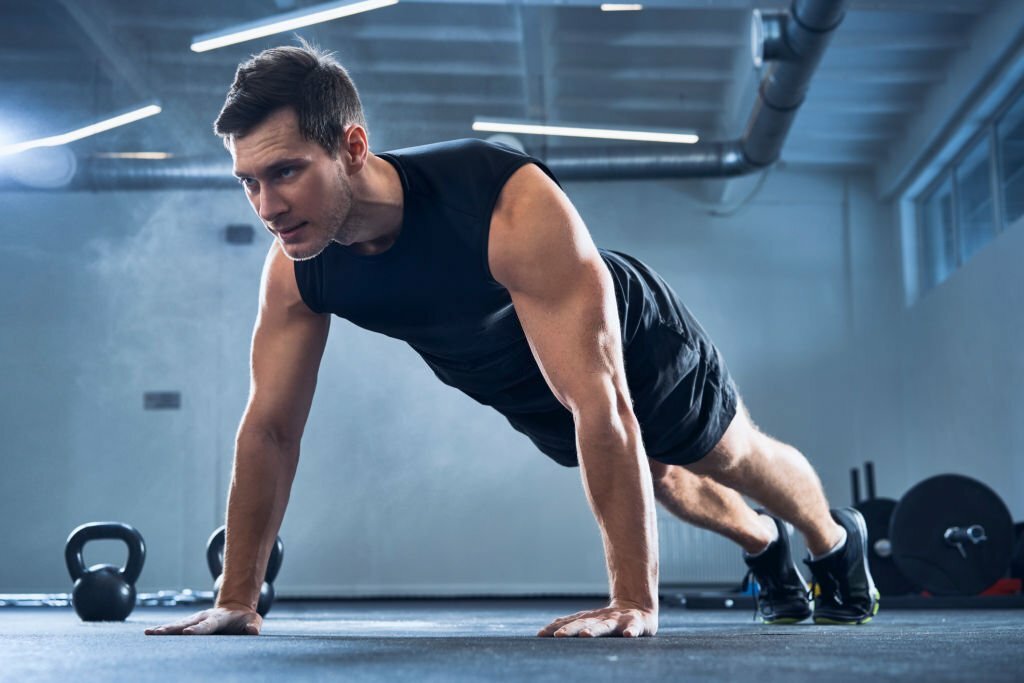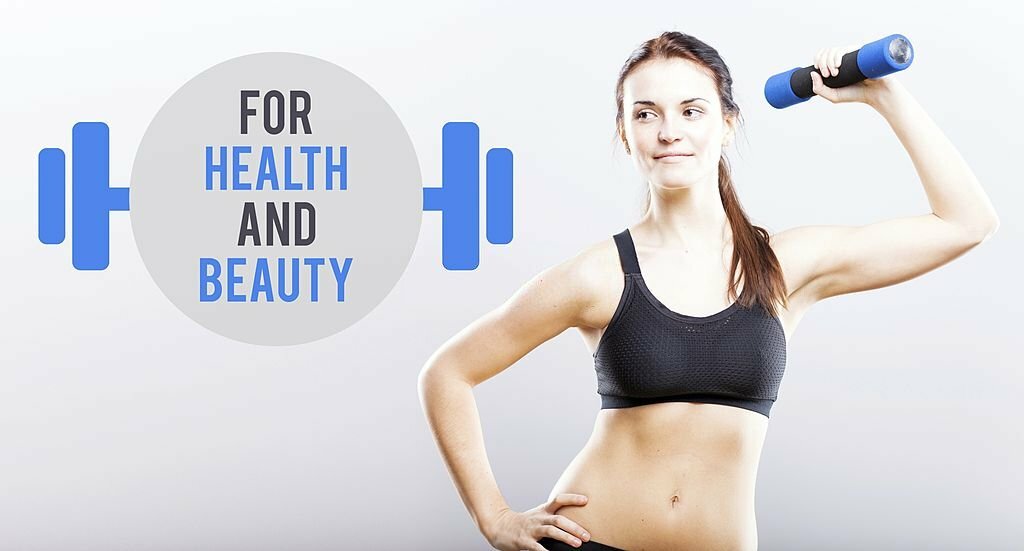Why Do I Feel Pushups in My Shoulders? (6 Reasons)
Table of Contents
Elevate your fitness journey with knowledge on ‘Why Do I Feel Pushups in My Shoulders.’ Learn, adapt, and optimize your exercise routine today!
Embarking on a journey toward fitness often involves mastering the art of pushups. It’s a classic exercise that targets various muscle groups, but have you ever wondered why you specifically feel the burn in your shoulders? In this comprehensive guide, we delve into the intricacies of this common sensation and uncover the six primary reasons why pushups might manifest in your shoulders.
Why Do I Feel Pushups in My Shoulders?
Experiencing discomfort in the shoulders during push-ups can result from various factors, including improper form, muscle weakness, or underlying shoulder issues. To mitigate this, it is essential to prioritize correct form during push-ups, ensuring a straight alignment from head to toe, elbows close to your sides, and hands directly beneath your shoulders. If shoulder pain persists, consider modifying the exercise with incline or wall push-ups to lessen the shoulder load. Strengthening muscles around the shoulders, such as the rotator cuff and upper back muscles, can enhance shoulder stability and reduce the risk of pain. Consult a healthcare professional if shoulder pain persists despite corrective measures and strengthening exercises for an accurate diagnosis and appropriate treatment.
The Anatomy of a Pushup
Before delving into the causes of shoulder discomfort during pushups, let’s take a moment to examine the anatomy of this foundational exercise. Pushups predominantly activate the pectoral muscles, deltoids, triceps, and the core. This exercise distributes the body’s weight, creating a comprehensive workout that involves multiple muscle groups. Notably, the shoulders play a vital role in stabilizing the upper body throughout the entire movement.
1. Improper Form
Improper form often emerges as a frequent cause of shoulder discomfort during push-ups. It is crucial to uphold a seamless alignment from head to toe, as deviating from this can impose unnecessary strain on the shoulders. Confirm that your hands align directly under your shoulders, and keep your elbows near your body.
2. Weak Rotator Cuff Muscles
The rotator cuff muscles, comprising the supraspinatus, infraspinatus, teres minor, and subscapularis, play a pivotal role in shoulder stability. Weakness in these muscles can lead to discomfort during pushups. Incorporating targeted rotator cuff exercises into your routine can strengthen these muscles and alleviate shoulder strain.
3. Overtraining
While consistency is key to fitness, overtraining can have adverse effects. Pushing your shoulders beyond their limits without adequate rest and recovery can result in discomfort and even injury. Rest days are as crucial as workout days, allowing your muscles, including the shoulders, to recover and adapt. Read also ZTE100 Tech Fitness.
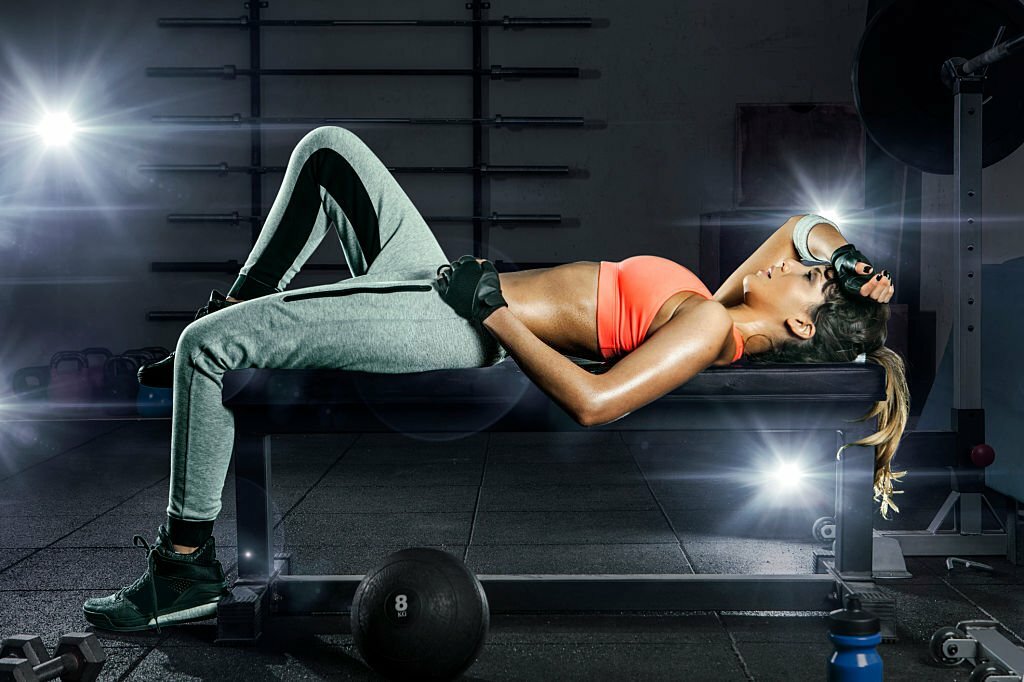
4. Shoulder Mobility Issues
Limited shoulder mobility can exacerbate discomfort during pushups. Adequate mobility is essential for maintaining proper form and reducing strain. Include shoulder mobility exercises in your warm-up routine to enhance flexibility and reduce the risk of shoulder-related issues.
5. Incorrect Hand Placement
The position of your hands during pushups can significantly impact the stress placed on your shoulders. Experiment with different hand placements to find the most comfortable and effective position for your body. Wider hand placement can target the chest, while a narrower stance may alleviate shoulder strain.
6. Muscle Imbalances
Muscle imbalances, where certain muscles are stronger than others, can lead to uneven distribution of force during pushups. This disproportionality may result in increased stress on the shoulders. Incorporate a well-rounded strength training program that addresses all major muscle groups to promote balance and stability.
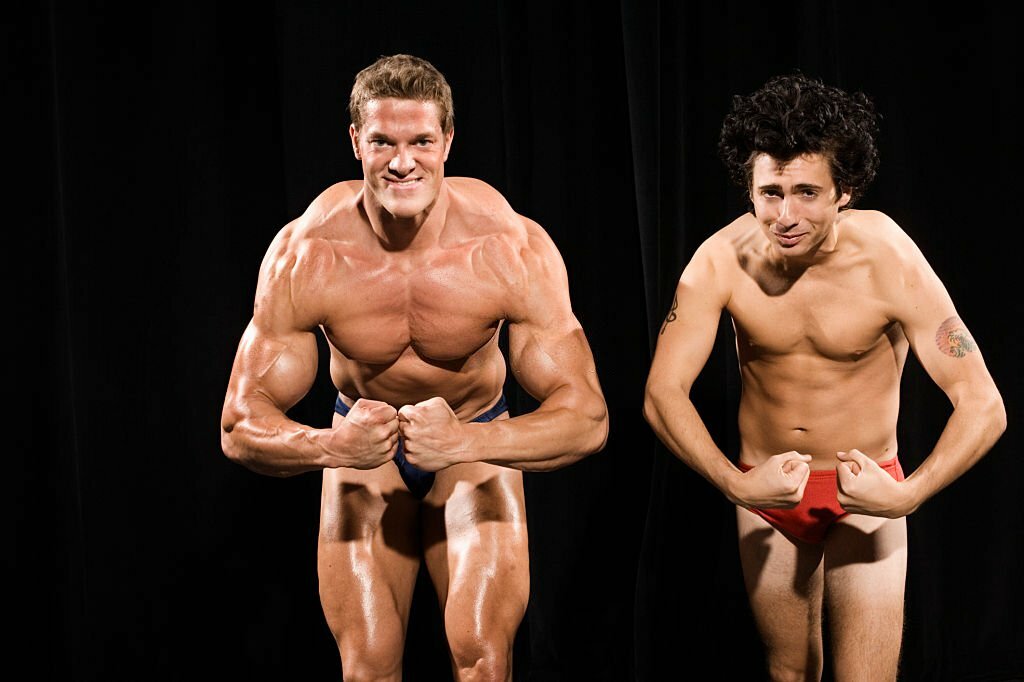
Final Words
In conclusion, understanding why pushups target your shoulders is essential for optimizing your workout routine and preventing discomfort. By focusing on proper form, addressing muscle weaknesses, avoiding overtraining, enhancing shoulder mobility, adjusting hand placement, and addressing muscle imbalances, you can ensure a more effective and comfortable pushup experience.
People Also Ask
Why do I not feel pushups in my chest?
There could be several reasons for not feeling your chest engage during push-ups. Incorrect form may be a factor; ensure your hands are shoulder-width apart and elbows close to your body. Alternatively, if your shoulders are dominating the movement, consciously concentrate on contracting your chest muscles while pushing up.
Why do I activate my shoulders when performing a push-up?
The natural movement of push-ups engages your shoulders, but excessive activation may result in discomfort or injury. Ensure your shoulders remain relaxed and avoid hunching over to prevent potential issues.
Why do I feel my chest press into my shoulders?
If you experience shoulder pain while performing chest presses, it’s probable that your form is incorrect. Ensure your elbows stay close to your body, and center your hands on the bar. Additionally, use a weight that provides a challenge without being excessively heavy.
How to do push-ups without hurting your shoulders?
Initiate your strength training with a modified push-up, like knee push-ups or wall push-ups. As your strength improves, transition gradually to standard push-ups. Ensure you maintain proper form, avoiding overexertion during the exercises.
Are pushups bad for shoulders?
Engaging in push-ups isn’t inherently harmful to your shoulders. Yet, if you execute them with improper form or lack the strength required, you may jeopardize your shoulders, leading to potential pain and injury.
